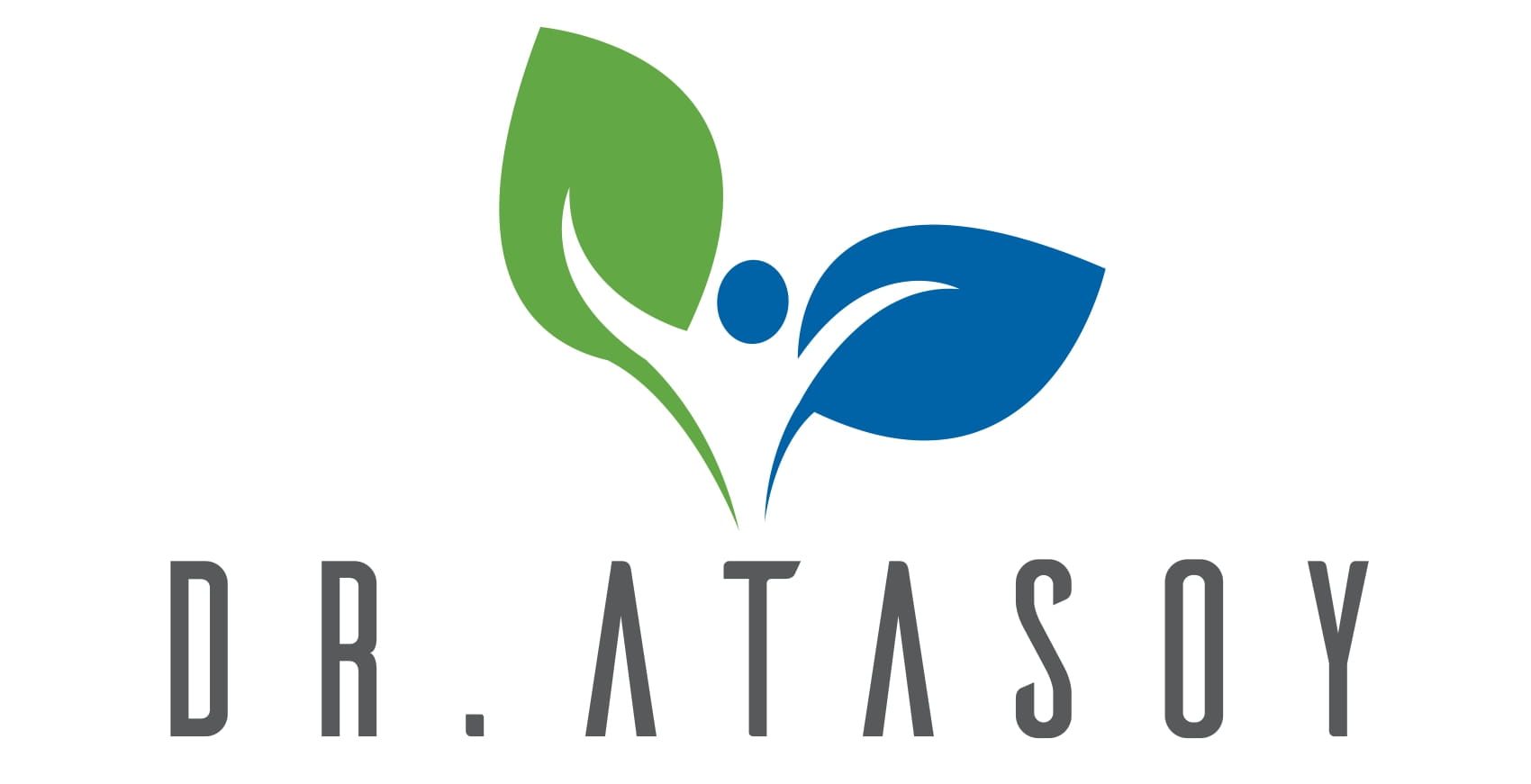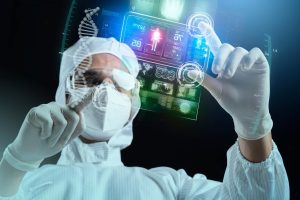In order to treat varicose veins, your vein map should be drawn with a detailed Doppler Ultrasonography examination by an interventional radiologist experienced in varicose veins. In this way, all of your damaged vessels will be detected in detail. Accurate and fast treatment is only possible in this way.
In some centers, only visible varicose veins are treated. This often results in an incomplete treatment and relapses can occur in a short time.
Treatment of only visible varicose veins with surgery or sclerotherapy does not provide a complete recovery as it eliminates the result, not the cause, and varicose veins often recur in the early period. Before the treatment of varicose veins, the veins with damaged valves, which are the source of the pressure, should be closed and the backflow and pressure effect should be eliminated.
The most important issue to mention here is that all kinds of non-surgical treatment can be applied. Some physicians may give advice to their patients with big varicose veins such as ” You will not benefit from laser ablation treatment, you must have surgery “. This is actually a very wrong idea, it is possible to successfully treat varicose veins of all sizes without surgery. This misinformation is old information dating back to the early 2000s, when laser ablation and RF ablation were first applied. In our article published in JVIR (Journal of Vascular and Interventional Radiology) which is the world’s most prestigious Interventional Radiology journal, we shared our experiences in very advanced cases on the successful application of laser ablation for the treatment of saphenous veins with very large diameters. You can access the original abstract of our article titled “Efficacy and Safety of Endovenous Laser Ablation in Very Large and Tortuous Great Saphenous Veins” from this link . To summarize briefly, in this article, we reported that endovenous laser ablation was a 98% successful treatment in the treatment of patients with highly advanced varicose veins with saphenous vein diameters between 15 and 26 mm.
Why do we not recommend varicose surgery?
The veins that cause large varicose veins have been treated surgically for about 100 years. In surgical treatment, surgical ligation and plucking (stripping) are performed for the saphenous vein (large vein in the leg).
that is, the damaged vein was removed by plucking it from the groin to below the knee. In the meantime, all the connecting veins were being severed. Recovery and discharge time from the hospital after varicose vein surgery was also late. Some cases had to rest in the hospital for days and then at home for weeks.
In addition, surgical operation was not preferred by both patients and doctors, except for obligatory cases, because it required general anesthesia, caused blood clots and nerve damage in the veins up to 5%, returning to normal life was late, and varicose veins recurred in approximately half of the patients after the operation. Due to the negative impressions they heard from those who had the surgery, the patients were afraid of the surgery and preferred to wear compression stockings for life or to use drugs that do not have therapeutic properties but provide some relief in some patients. All these reasons lead vascular surgeons to non-surgical treatment techniques today.
Modern Treatment of Varicose (Laser Ablation / RF Ablation)
With the first application of Endovenous Laser Ablation, a revolution has been experienced in the treatment of large varicose veins in the early 2000s. An interventional radiologist named Robert Min and his team treated the damaged valve in the Great Saphenous Vein for the first time in 2002 with the “Endovenous Laser Ablation” (EVLA) method. This method is based on the principle of closing the damaged vessel with laser energy by entering through the vessel like angio instead of removing the leaking vessel by surgically pulling it out. There is no pressure leakage into the varicose veins from the vein closed with the laser; This closed vein is also destroyed by the body over time. When the saphenous vein is ablated and closed, the visible varicose veins also shrink and disappear.
So, which vein fulfills its function when this Saphenous vein is destroyed?
When the diseased vein is removed, other healthy veins take on the task of carrying blood and provide venous circulation of the leg. Remember, there are tens of thousands of kilometers of veins in our body and we destroy a 40-50 cm vein with this treatment. With non-surgical treatment, the side effects are very few, as it helps the body to repair itself without causing damage to the body. In patients with advanced varicose veins, ultrasound guided foam sclerotherapy is also performed as a complement to Endovenous Laser Ablation.
Prof. Dr. Mehmet Mahir Atasoy
Interventional Radiology



